Tuesday 15th July
5M
Welcome to our final Transition Day!
African Masks

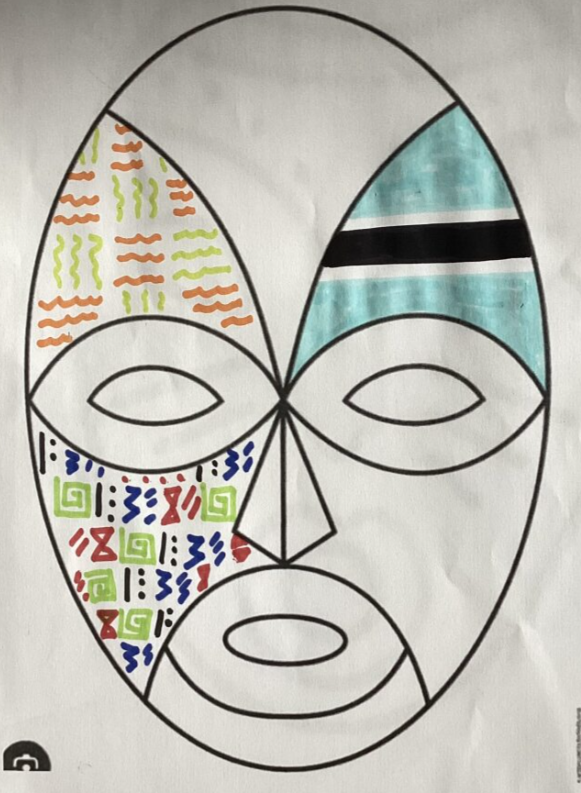

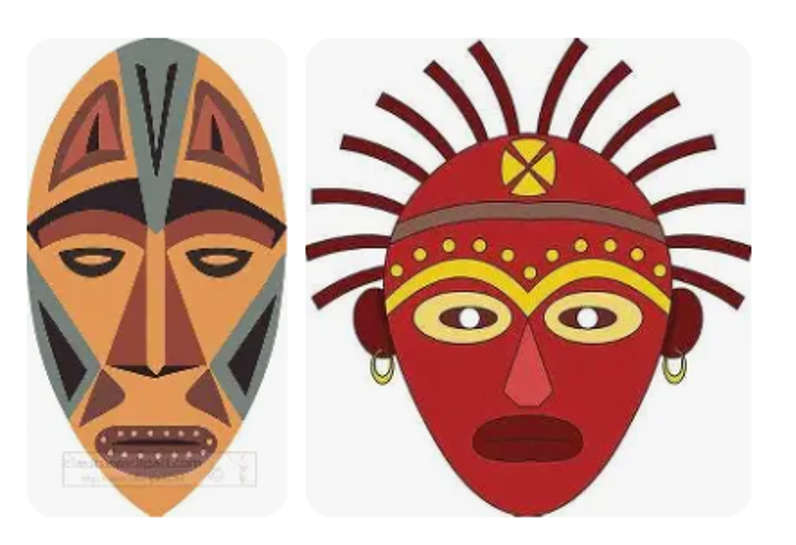
We are going to create some African Masks!

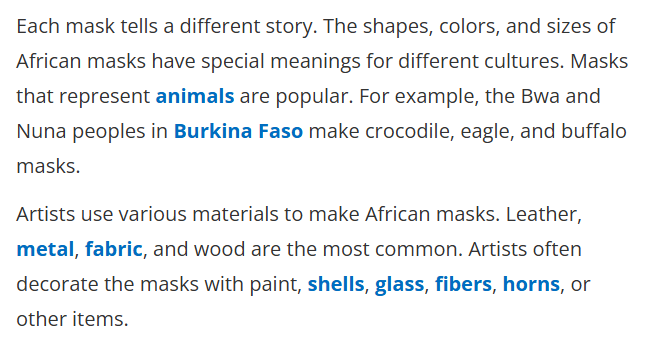
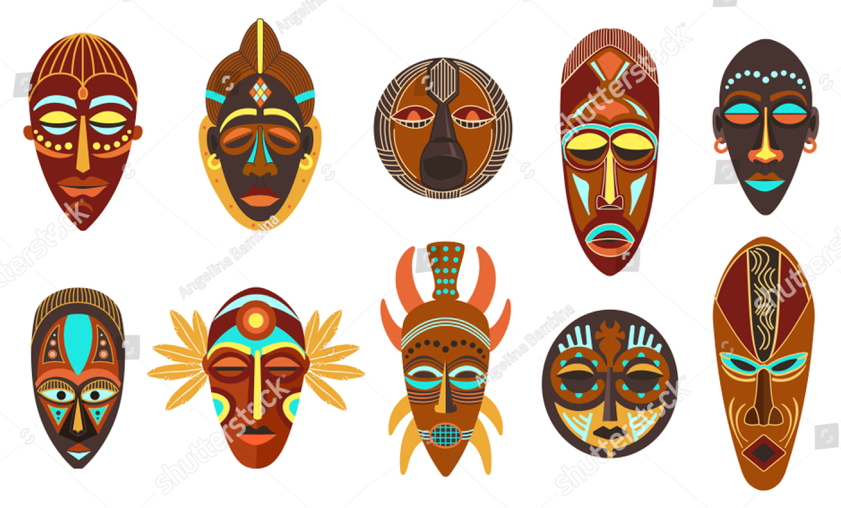
The patterns used on African masks follow an intricate pattern.


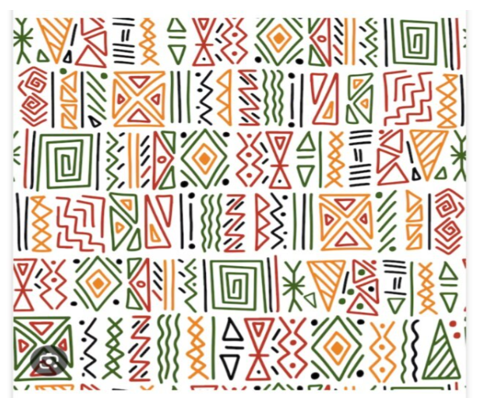
Your group is going to create your mask.
Plan your ideas first before you begin to colour.
Use the patterns above for inspiration!
Class Charter - What rights will we uphold in Year 5?
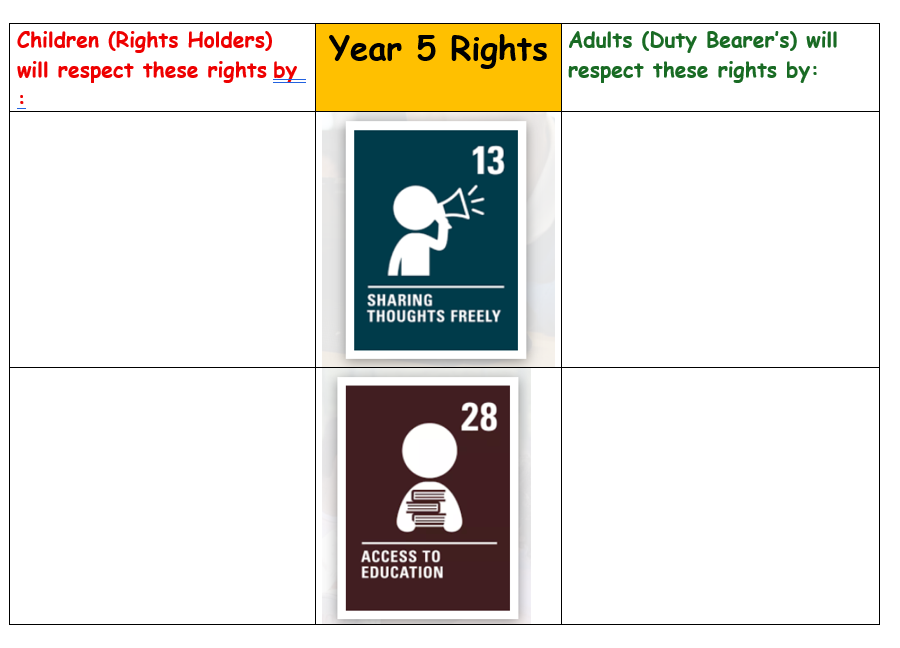
5A
Welcome back to Year 5
Today we will finish off our Costa Rica creations.
Seasons
The information we found...
Costa Rica has two main seasons: the dry season and the rainy season. During the dry season, which usually lasts from December to April, tourists flock to the country to enjoy outdoor activities like hiking, beach trips, and nature exploration under clear, sunny skies. However, the shift between seasons can have both positive and negative impacts on tourism and agriculture. While the dry season boosts travel and outdoor recreation, changes in rainfall patterns can affect crop production. Some crops may benefit from longer growing periods or expanding areas suitable for sustainable farming. Farmers in Costa Rica have developed a deep understanding of these seasonal patterns and adjust their agricultural practices accordingly to maintain productivity and resilience.
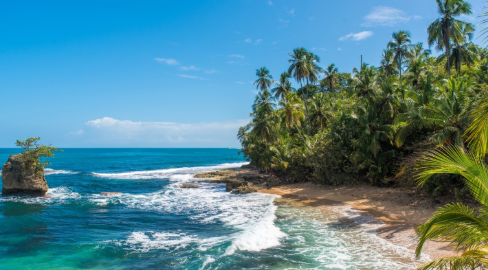
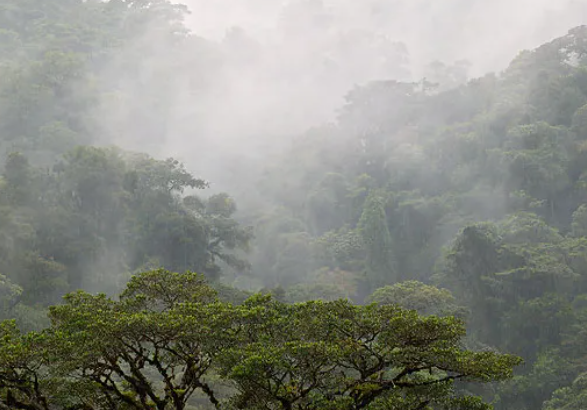
Fruit and Vegetables
The information we found...
In Costa Rica, fruit and vegetable trade is primarily conducted through a mix of direct sales to processing companies and exports. Bananas and pineapples are among the most commonly traded crops, often exchanged for money in both local and international markets. Vegetable exports include both traditional and non-traditional varieties, many of which are known for their unique or exceptionally flavourful qualities, thanks to the country’s rich volcanic soil and tropical climate. Much of this agricultural production takes place on family-run farms, where generations work together to cultivate and harvest the crops that fuel the nation's economy.
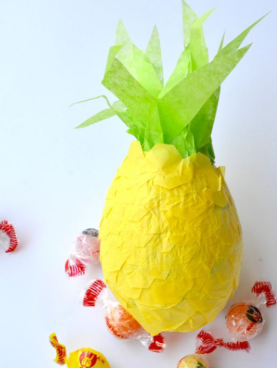
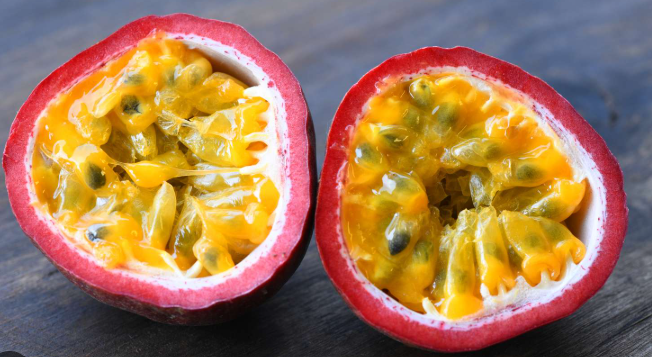
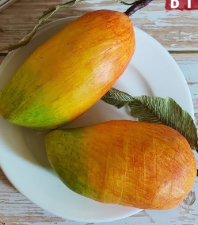
Animals
The information we found...
Costa Rica is home to a rich variety of wildlife, including vibrant parrots and majestic sea turtles, both of which play important roles in the country’s ecosystems. Parrots, such as the scarlet macaw and the green parrot, are among the most colourful and recognizable birds found in Costa Rica's rainforests. These intelligent birds are known for their strong beaks, social behaviour, and loud calls that echo through the treetops. Parrots feed on fruits, nuts, and seeds, helping to disperse seeds and maintain forest health.

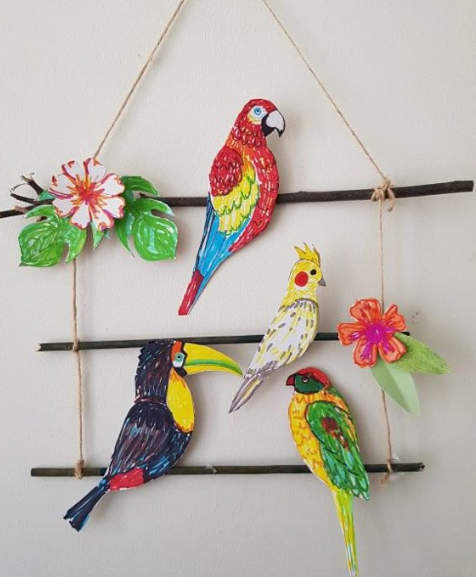
Sea turtles are another iconic species found along Costa Rica’s coastlines. Several species, including the olive ridley, leatherback, and green sea turtle, come ashore on the country’s beaches to lay their eggs. Places like Tortuguero and Ostional are famous nesting sites where thousands of turtles arrive during peak seasons. These turtles are essential to marine ecosystems, as they help maintain healthy seagrass beds and coral reefs. Costa Rica has worked to protect these animals through conservation programs and protected nesting areas, highlighting the country's commitment to preserving its incredible biodiversity.
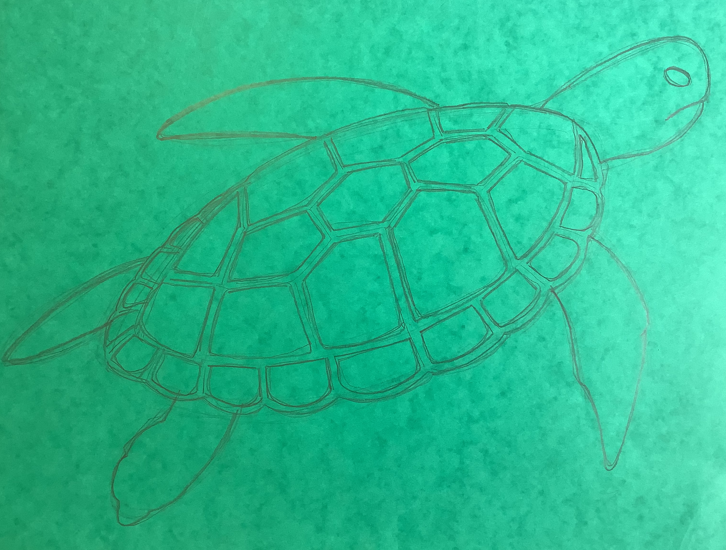
Coffee Beans
The information we found...
Costa Rican coffee is considered some of the best in the world, thanks to the country's ideal climate and rich volcanic soil, which create perfect conditions for growing high-quality beans. In Costa Rica, coffee is primarily processed using the washed (or wet) method, where the skin and pulp of the coffee cherry are removed before the beans are fermented and dried. This method produces a clean, bright flavour profile. Additionally, the honey and natural processing methods are also used, where varying amounts of the cherry’s mucilage or skin are left on the beans during drying, resulting in richer and more complex flavours. In Costa Rica, coffee is not only sold for money but also traded for other products, reflecting its value both as a cultural staple and an important economic resource.
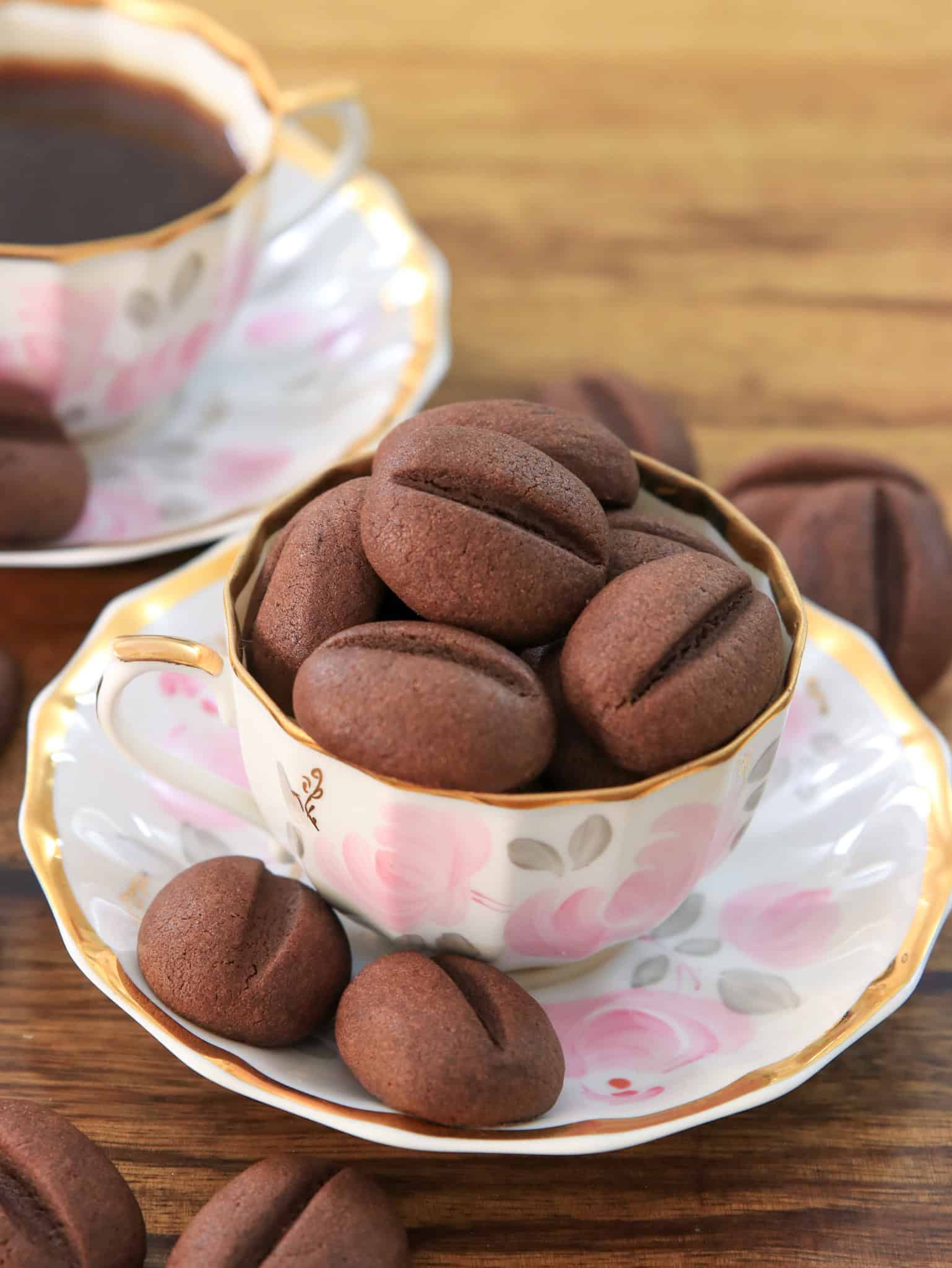
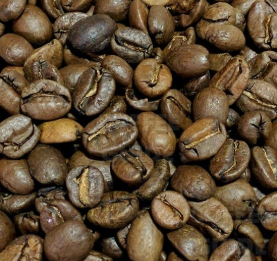
Costa Rica's Flag
The flag of Costa Rica is a horizontal tricolor of blue, white, and red. It features five horizontal stripes: two blue, two white, and a wider red stripe in the center.
Why is the flag coloured this way?
The dark blue represents the sky, idealism, opportunities and perseverance. The white stripes represent peace, wisdom, and happiness. The red stands for the blood spilled by martyrs defending the country, as well as the warmth and generosity of the Costa Ricans.
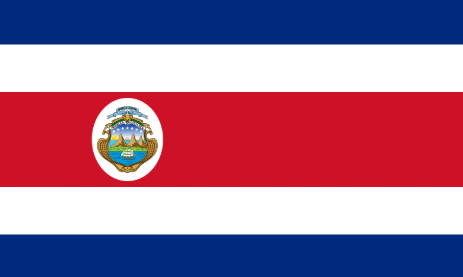
Costa Rica's National Flower
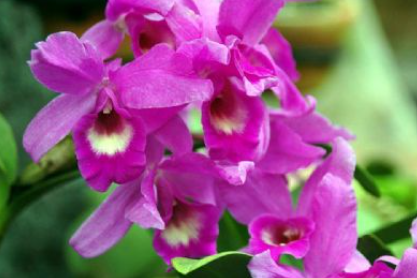
The Guaria Morada ( skinnier) is the Costa Rica . Costa Rica has a Treasure that is not an animal. It is a purple , one of many different types of orchids that can be found throughout the . Guaria Morada the of Costa Rica and so named on June 15, 1939.
This beauty blossoms during the months of January through March. It usually produces four to five flowers, each lasting only a limited time. Large, colorful, irregular shaped flowers adorn this accompanied by their captivating scent. This lovely receives nutrients from the air and rain reserved in the trunks of where they grow. Although this is not a parasite, it does rely on its host for subsistence.
The Guaria Morada is no stranger in local Costa homes. In fact, “Campesinos,” or indigenous farmers, say the radiant beauty of the reflects the beauty of Costa women.
Orchids predominate in a tropical climate, and there are more than 1500 native to Costa Rica. The Guaria Morada is a fundamental part of the countries folklore and tradition. According to Costa culture, the Guaria Morada is said to bring and is a powerful symbol of the harmony between families. Also believed to bring peace, love, and hope!



